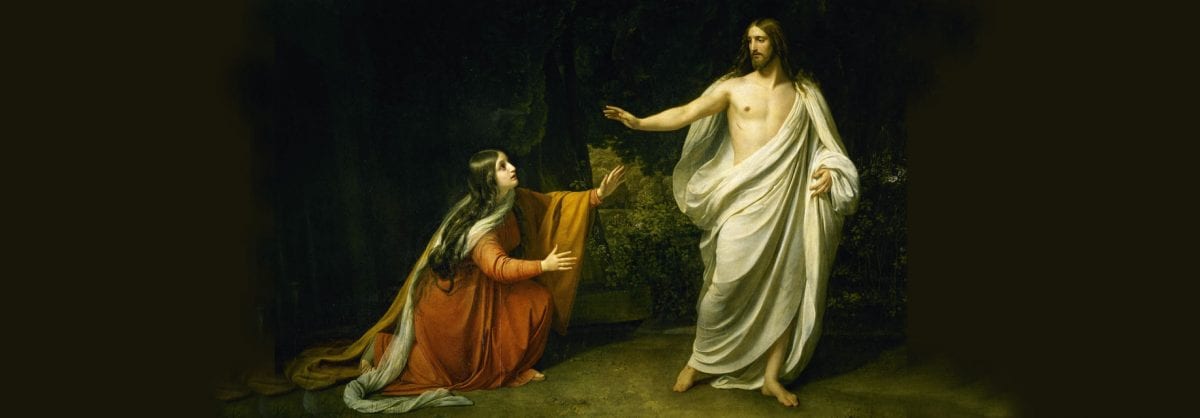As a girl, I read a lot of saints’ stories, as many as I could get my hands on. I was trying to figure out what God wanted from me. The saints, I knew, were examples of what it looks like to give your life totally to Him. They were to be my roadmap. If I picked one and imitated him or her, I figured, I’d end up in the same place. It seemed straightforward enough to my 10-year-old mind.
It was harder than I thought. For one thing, there are so many saints! Should I shut myself in my room for years, like St. Catherine of Siena? Should I give up all my worldly possessions, like St. Francis? Should I say constant rosaries, like the children of Fatima? Was I supposed to go evangelize, like the Jesuit missionaries?
Full of zeal and totally lacking direction, I tried to do it all. I gave my toys to my brothers. I tried to say daily rosaries. I tried talking to my Protestant best friend about Our Lady. But of course, I didn’t want my brothers to take my stuffed animals. The rosary was more time-consuming than I realized. My best friend was offended. And in the middle of it all, I felt a little betrayed. I was trying to do God’s will; why wasn’t it working? Didn’t God want me to imitate the saints?
It’s easy to get distracted by the details of the saints’ lives, especially when we’re blessed with so much information about them. St. Elizabeth Ann Seton is one saint who left us many details in her writings, and we have relics to venerate and treasure. We know what kind of personality she had, where she lived, how she prayed, and we have a good idea of what she looked like,
But it’s startling how little we know about other saints, women and men the Church holds up equally as models of holiness—like St. Mary Magdalene, whose feast we celebrate this month. We have few concrete details about her life. We see her identified by name in all four gospels, and we’re told that Christ drove seven demons out of her. She and some other women provided for Jesus and his disciples. She was there at the foot of the cross, there at the tomb, and she was the first to hear the risen Lord’s voice.
But that’s it; that’s all we know.
We don’t know anything about St. Mary Magdalene’s personality, her life before she met Christ, or what she went on to do after the Resurrection. How can we imitate a saint we know so little about? And yet, in spite of the hiddenness of her life, we still know enough: We know that she was always there. Wherever Christ went, she went too.
In the lives of these two saints – one so modern, the other so ancient – the Church reminds us of what it means to be a saint. It’s a simpler answer than I thought was possible: God just wants us to be with Him. As for the details, He’s in charge of those.
Mother Seton understood this. The details of her life, from the outside, were anything but stable and peaceful. The failure of her husband’s business and the scandal of her conversion stripped her of the social status she’d grown up with. She was widowed with five children to provide for. Two of her daughters died as teenagers. The school and community she founded, although they ultimately thrived, demanded great persistence and patience to establish.
In the end, despite times of spiritual pain and darkness, St. Elizabeth Ann kept her peace. She understood that the details are just details. Our job is simple: stay close to Christ. She wrote, “[Jesus] is as a fire in the very center of our Souls ever burning—yet are we cold, because we do not stay by it…”
In spite of tragedy, uncertainty, fear, and confusion, Mother Seton stayed with Jesus. Mary Magdalene did the same, even when staying close to Christ meant walking with him up the hill of Calvary.
That’s the example that every saint gives us. That’s the roadmap. Stay with Christ. We don’t know what He’s going to ask of us in the next moment. We have no assurances that our loved ones will not leave us, that our lives will not change, that everything we rely on will not disappear. We don’t have those guarantees. We have Christ.
St. Elizabeth Ann wrote, “The sole and whole bent of my soul is to please him only, and to get close to Him in this life and the next.”
And she prayed, “Unite me to yourself, oh adorable Victim; …Transform me to Yourself. Live in me. Let me live in You.”
Whatever God asks of us in our own unique lives, may we all make her prayer our own.
ANNA O’NEIL likes cows, confession and the color yellow, not necessarily in that order. She lives in Rhode Island with her family and tries hard to remember that “Anything worth doing is worth doing badly.”
This reflection was previously published. To view all Seton Reflections, click here.
Photo Credit: Christ’s Appearance to Mary Magdalene after the Resurrection, Alexander Andreyevich Ivanov (1806 – 1858)
